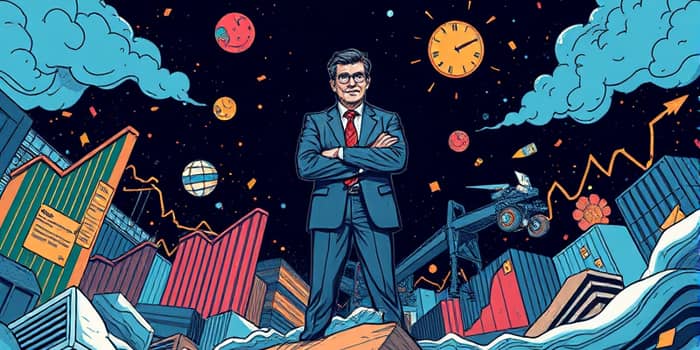
In an era defined by relentless change and unpredictability, leaders must develop the capacity to not only withstand shocks but to emerge stronger from them.
This article explores continuous disruption and perpetual transformation and offers practical guidance for cultivating resilience at every organizational level.
Volatility today is not a temporary blip on the radar; it has become a systemic force reshaping industries, geographies, and market dynamics simultaneously. Geopolitical tensions, climate pressures, demographic shifts, and rapid technological advances converge to create a landscape where the greatest risk is clinging to outdated plans and assumptions.
Business leaders must recognize that these forces are not cyclical anomalies but long-term catalysts driving fundamental change in how value is created, delivered, and captured.
Agility is the ability to sense change, experiment rapidly, and execute decisively. It requires leaders to foster an organizational rhythm of awareness, experimentation, and learning.
Front-line employees often detect early signals that forecast market shifts. By empowering these teams and integrating their insights into strategic decision-making, organizations can respond more swiftly than competitors.
Embracing experimentation-driven decision making encourages a culture where learning from both successes and failures enhances long-term performance.
While automation and productivity gains are important, the real challenge is reconfiguring your business portfolio. This means reallocating capital and talent to high-potential areas and divesting underperforming units.
For the fastest-growing companies, this practice is second nature: they treat external shocks as opportunities to redeploy resources and strengthen their strategic positions.
Instead of reacting defensively, resilient leaders use downturns as catalysts for transformation, ensuring that cost structures and investment priorities reflect the emerging reality.
Building resilience requires a dynamic talent strategy. High-performing organizations invest in leadership development, deep talent pipelines, and cultural adaptability.
Key practices include:
By embedding leadership development and deep talent pipelines into the organizational fabric, companies remain nimble and ready for the next challenge.
The paradox of control in volatile times is that the most effective leaders provide clear strategic direction while granting autonomy to front-line teams. This dual approach accelerates decision cycles and enhances responsiveness.
Instead of relying on slow consensus-building, resilient organizations implement rapid feedback loops and empower teams to act within predefined guardrails. This distributed autonomy and rapid adaptation model fosters ownership and accountability at every level.
True resilience encompasses three dimensions: endurance under pressure, quick recovery from setbacks, and the ability to pivot when conditions change. To build these capabilities, leaders should:
Regular scenario analysis and stress testing ensure that strategies remain robust. By maintaining a strong balance sheet and embedding risk monitoring into daily routines, organizations can weather both expected and unforeseen shocks.
When disruption becomes the baseline, inertia is the greatest threat. Resilient companies seize volatility as an opportunity for growth, leveraging market shifts to expand share, enhance offerings, and deepen customer relationships.
The most forward-looking CEOs see disruption as a diagnostic tool, revealing both vulnerabilities and areas ripe for innovation. They move decisively to upgrade talent and capabilities while competitors hesitate.
Practical preparation strategies include:
The new normal is continuous disruption, and leaders must embrace perpetual transformation as a core principle. Resilience is not a static goal but an ongoing discipline that combines strategic foresight with operational flexibility.
By reimagining their portfolios, empowering teams, and embedding continuous adaptation into everyday operations, resilient organizations turn market volatility into a competitive advantage.
Ultimately, leadership today is not about predicting a stable future but having the courage to reimagine, reposition, and act repeatedly. Those who master this cycle of resilience will not just survive—they will thrive.
References





